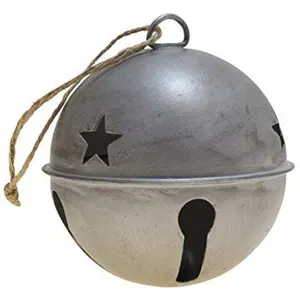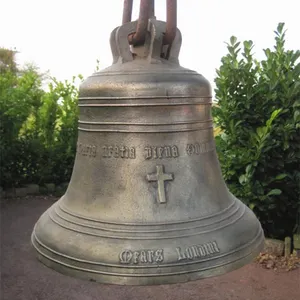
Chuông Kim Loại Màu Đỏ Giáng Sinh Chuông Trang Trí Giáng Sinh 2021 Trang Trí Mùa Lễ Tùy Chỉnh Chuông Gió Trong Nhà 1 Ngôi Sao Màu


Chuông Trang Trí Bán Buôn Bằng Bạc/Vàng Chuông Trang Trí Giáng Sinh Trang Trí Ngày Lễ Ngôi Sao Kim Loại Cổ Điển Trang Trí Nhà Cửa Chuông


14 inch giáng sinh chuông giáng sinh trong nhà và ngoài trời phụ kiện kim loại kỳ nghỉ trang trí nhà sắt treo bóng chuông






































 浙公网安备 33010002000092号
浙公网安备 33010002000092号 浙B2-20120091-4
浙B2-20120091-4